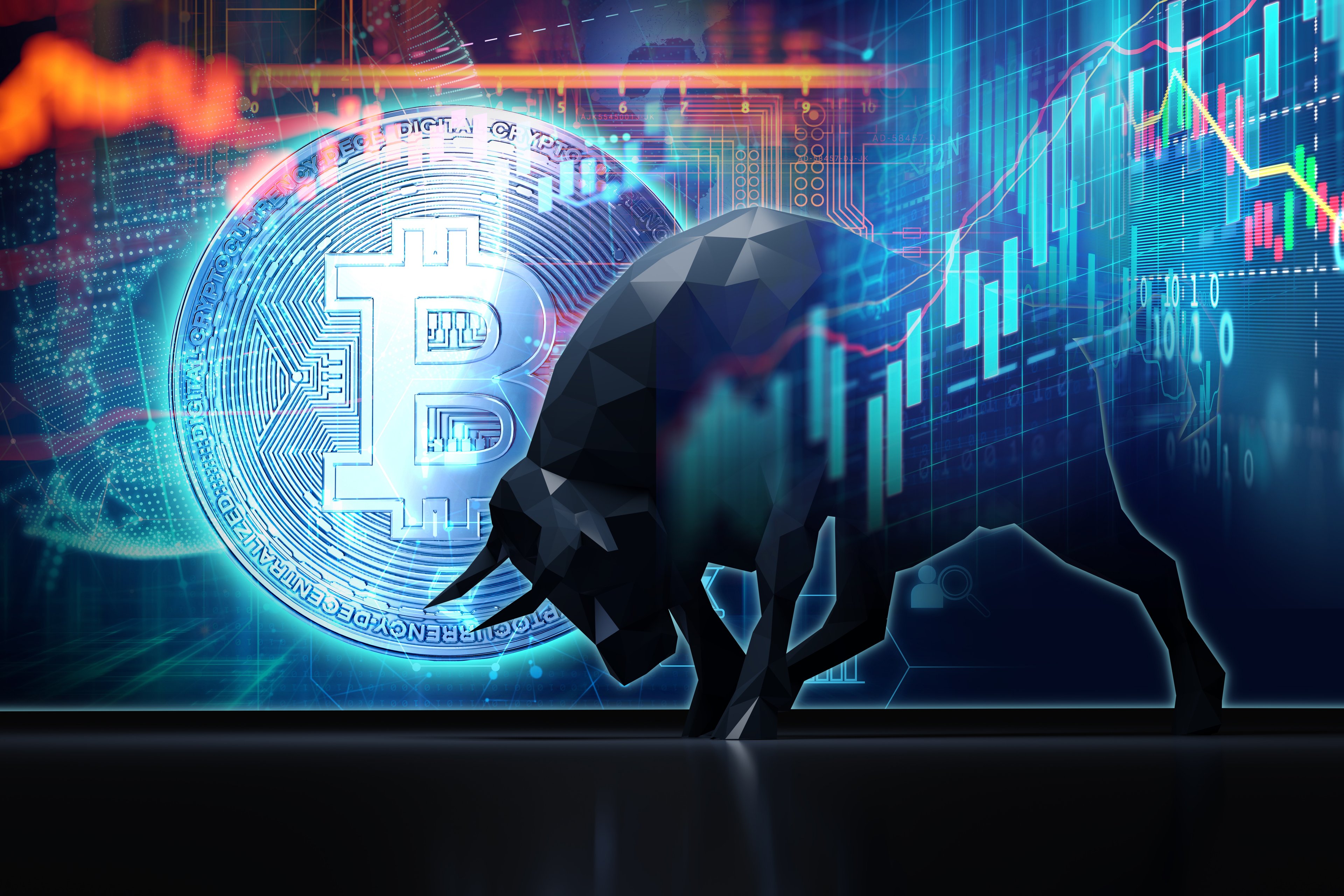The Federal Reserve just left its benchmark rate frozen between 4.25% and 4.5% for a fifth straight meeting, at its July 30 vote. In a rare occurrence, Governors Michelle Bowman and Christopher Waller departed from their colleagues and voted for a 25-basis-point trim, the first time two board members have broken ranks in the past three decades.
Cryptocurrency investors love to read the Fed's tea leaves. Cheap money buoyed past bull runs, and tight money cooled them -- or so the narrative goes. Yet the digital asset market of 2025 is riding a different set of engines, many of which run just fine without monetary octane. Here's how the move is likely to affect the sector.

Image source: Getty Images.
Steady rates are only half the story
To recap, the Fed sets the prime interest rate, which in turn affects the cost of borrowing money.
Lower rates mean that money is cheaper to borrow, which tends to have the effect of juicing the financial system with more cash. They also mean that there's a lower payout from government-issued bonds, which are typically considered to be the safest. As a result, investors tend to be incentivized to chase riskier investments (like crypto) as safe yields become unattractively low.
This go around, holding rates steady surprised nobody, but the market immediately clipped the odds of a September rate cut to 46%, and it is now questionable whether the rest of the year will feature any rate cuts at all, in contradiction to the market's past expectations on average. That matters because it tightens financial conditions at the margin where the expectation had been for them to loosen.
The most important macro element here is that inflation is no longer plunging.
June's Consumer Price Index (CPI) readout clocked in at 2.7% year over year, up from 2.4% the month before. The Fed can't slash aggressively while core prices drift up and the inflationary effects of tariffs percolate through supply chains. So the White House's chaotic tariff policies are already having a direct and detrimental impact on the economy, which the Fed is identifying explicitly and responding to.
For major crypto coins the takeaway is mixed, at least at first glance. Higher real yields raise the opportunity cost of holding unstaked crypto assets without a yield, such as Bitcoin (BTC +0.95%), XRP (XRP +0.51%), Ethereum (ETH +0.37%), and Solana (SOL +1.63%). But individual shifts in the interest rate rarely derail a structural crypto bull phase; recall that 2020's rally began with the Fed on hold.
More important is whether liquidity outright contracts. So far, it hasn't.

CRYPTO: BTC
Key Data Points
Crypto's own tailwinds matter more here
There's reason to believe that the Fed could hold tight on interest rates through the remainder of 2025 and it wouldn't slow down the cryptocurrency sector much. Major capital inflows from financial institutions are the biggest part of the story here.
Those institutions are how fresh capital keeps finding on-ramps. Spot Bitcoin exchange-traded funds (ETFs) logged $6.6 billion of net inflows in just 12 trading days through July 19. Demand on that scale insulates prices from modest policy shifts.
Network upgrades are stacking up, too. Ethereum executed its Pectra update on May 7, boosting throughput and implementing a few fixes aimed squarely at institutional users. Cheaper, faster blockchain space during an interest rate plateau is still cheaper and faster when rates dip, so rates aren't about to stop institutions from loading up.

CRYPTO: ETH
Key Data Points
Meanwhile, Solana currently enjoys 99% odds of winning approval from regulators for a spot ETF before 2026, per prediction markets, and there are already hints of pent-up demand among institutional investors. ETF anticipation acts like an embedded call option on policy easing. If the Fed cuts, Solana's liquidity backdrop improves, but even a pause leaves the ETF catalyst fully intact.
Finally, XRP added its own growth lever on June 30 when its new sidechain went live, enabling Ethereum-style smart contracts to tap XRP liquidity in the new structure. The sidechain does not care whether the fed funds rate is at 4.5% or 4.25%; it cares about developer migration and transaction volume, which will likely occur to at least some degree regardless of what the cost of borrowing money is.

CRYPTO: XRP
Key Data Points
Put together, the sector's narrative at the moment looks strong, regardless of macro conditions.
Yes, a pair of rate cuts would likely bolster sentiment and increase the appetite for risk, but investors betting solely on easier policy are ignoring the real engines that are running now, which are cash and developer talent continuing to migrate on-chain with speed.
Practical positioning for the back half of 2025 boils down to discipline.
In that respect, it's sensible to dollar-cost average (DCA) rather than chase headlines -- and to steer clear of coins that lack clear upcoming catalysts.






